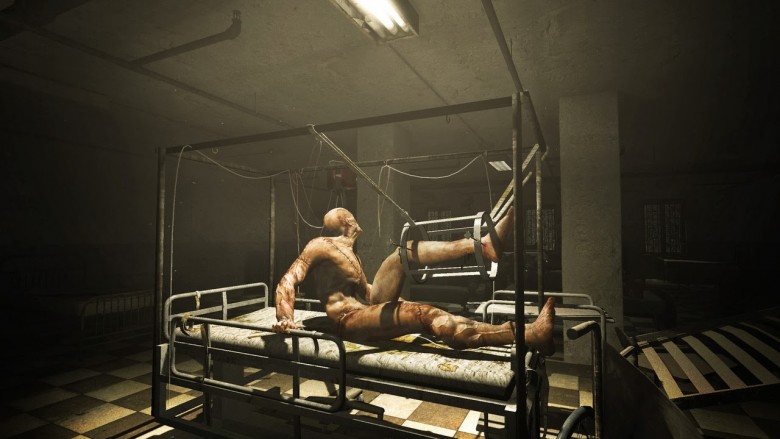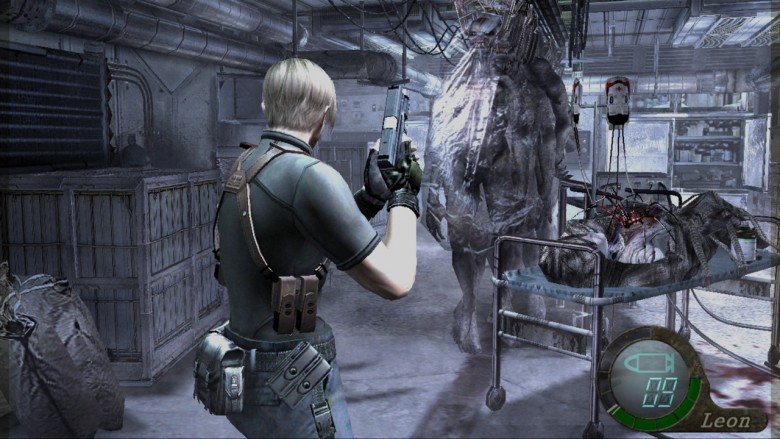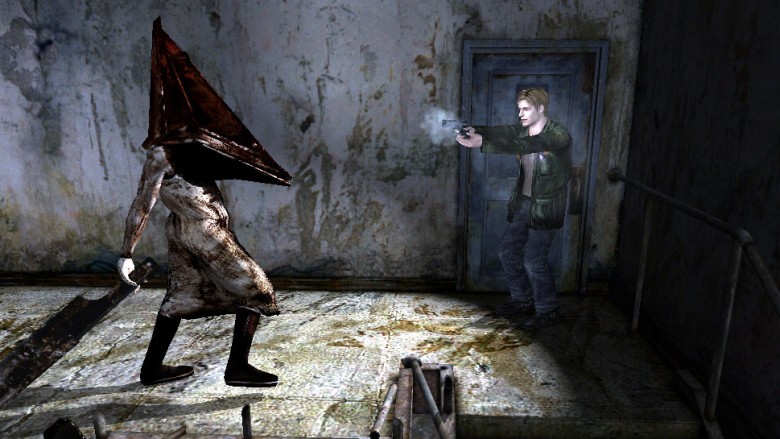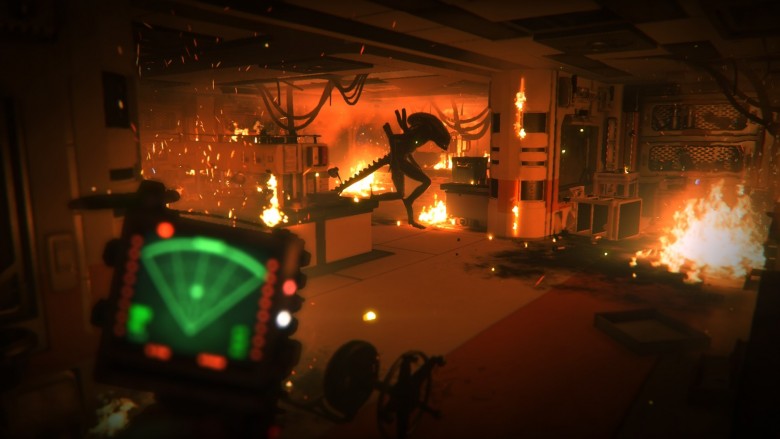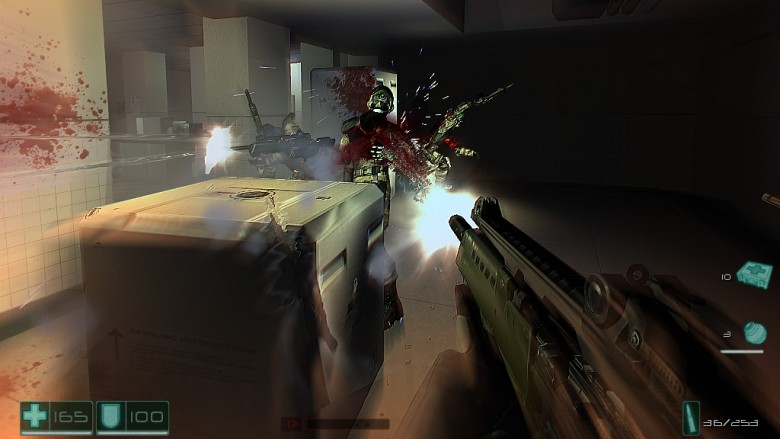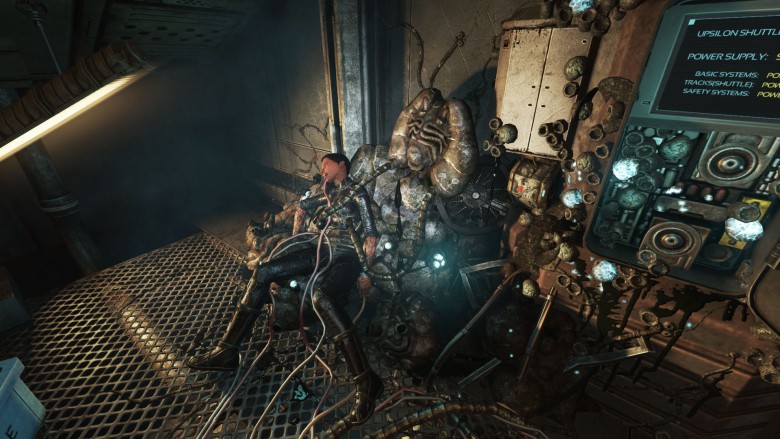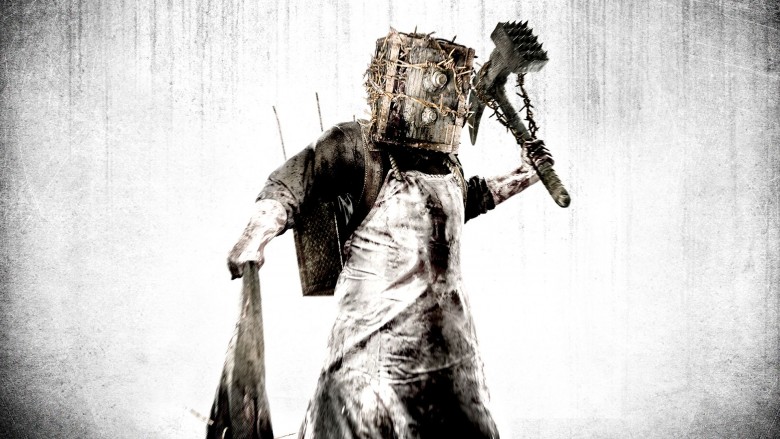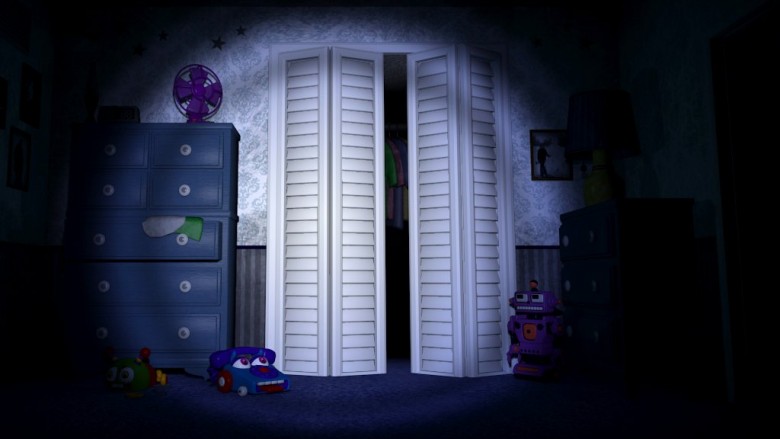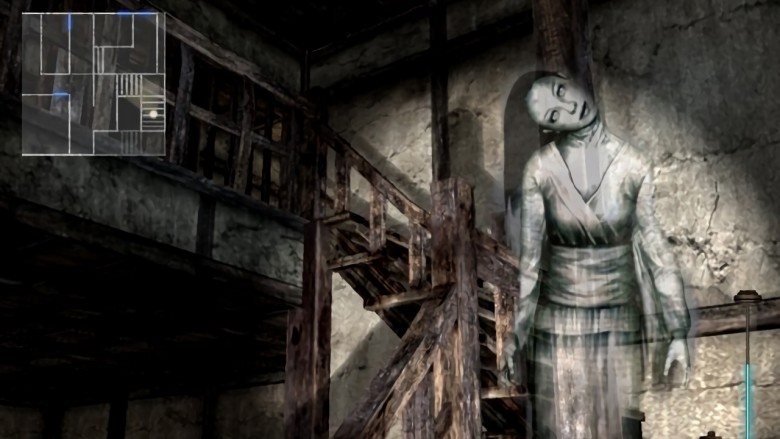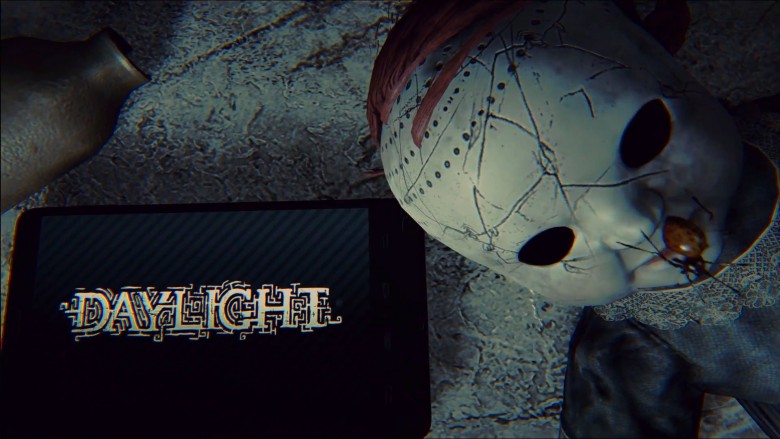Video Games You Should Never Play Alone
Single-player games are meant to be played...well, alone. That's the point. But when it comes to horror games, particularly survival horror, you may want some company before you dive head-on into an unknown environment. Even if you're a horror game veteran, we don't recommend playing any of these games by yourself.
Outlast
A horror game in which a journalist investigates a psychiatric hospital may sound clichéd, but Red Barrels' Outlast is anything but. The Amnesia-inspired survival horror game arrived in 2013, marking the first release by the Canadian indie developer. Aside from the environment being unnerving, Outlast's story is intriguing enough to keep players immersed, but what really hooks gamers are the mechanics. There's an indescribable dizzying effect to the game that somehow makes it all the more vivid, and the first-person perspective heightens the entire experience. We'd wager that more people paused the game not because they needed to get up and stretch, but because the game just got too scary.
Outlast is unique among horror games. As a journalist, you're armed only with a camera, and its night vision mode is all you have to lighten up the hospital. You don't have a gun, a crowbar, or any other weapon with which to defend yourself. If you see someone charging you, run. That's your only move. And given how scary this game is, you'll probably be running before you realize you triggered your fight-or-flight response. Even if you have a few people with you, playing the game in broad daylight, with the sound barely loud enough to hear, you still might not be able to finish.
Resident Evil 4
Resident Evil is arguably the most well-known horror franchise, which is due in part to how long it's been around as well as the enormously successful movie franchise it spawned. In fact, it's the only video game film series that's ended on its own terms. While the games have become more action-oriented and less about survival horror, they still have their frightening moments, and the best is undoubtedly Resident Evil 4. Even if you don't find the game as scary as other installments, there's no doubt it keeps you at the edge of your seat.
Overall, Resident Evil 4, as well as the rest of the franchise, isn't as frightening as some of the other games in this feature, but there are moments in which you wouldn't want to be alone—in-game or otherwise. It's capability for generating fear hinges on how desensitized the player is to certain tropes. It's an older game, and it must be treated as such. Having said that, the setting creates suspense, thrill, and terror without even progressing through the story. Have you walked into a place and said to yourself, "This seems creepy"? That's exactly what Resident Evil 4 is like, and that's what makes it terrifying. Just exploring is scary enough.
Silent Hill 2
Silent Hill 2 might very well contain one of the greatest stories in gaming history—and one of the scariest. You can play every horror game out there without being frightened, then play Silent Hill 2 and feel something unlike anything you've experienced. On the surface, Silent Hill 2 feels like Resident Evil in many ways, but fundamentally, the game makes you work for the ending. Rather than granting players the freedom to mosey around and do whatever they please, Silent Hill 2 is crafted to deliver a genre-defining horror experience.
Alien: Isolation
It's rare to see a great movie based on a video game series; it's also rare to see a great game based on a movie series. For some reason, switching from active to passive, and passive to active, doesn't seem to work in the grand scheme of things—until it does. Creative Assembly found a way in 2014 with their survival horror game Alien: Isolation, based on the famed Alien franchise.
The original Alien movies are acknowledged classics, which means Creative Assembly had their work cut out for them when Sega commissioned them to create a new Alien video game. Isolation takes place 15 years after the events of the first Alien film, centering on Ellen Ripley's daughter, Amanda Ripley, as she investigates her mother's disappearance.
Unlike most survival horror games, which are meant to scare you as much as possible with suspense and jump scares, Alien: Isolation focuses heavily on stealth, amplifying the suspense factor organically. You don't want the alien to find you. If you really want to have the ultimate horror experience, play Isolation with a virtual reality device. Compounded with the stealth gameplay, it just might be a heart-stopping experience.
F.E.A.R.
Most survival horror games take place in a secluded environment in which the player is alone in an abandoned area or building. F.E.A.R. is different. The developers at Monolith Productions successfully managed to combine the best elements of Japanese horror genre and first-person shooters, and they did so while also providing a unique story.
Throughout the series, players take control of numerous protagonists, set across time periods, but the antagonist is always the supernatural being Alma Wade, first depicted as an eight-year-old girl, and later an adult woman. In the first game, it's unclear if Alma is, in fact, real, or if she is able to manifest herself into the consciousness of her victims. The game has a rather convoluted story arc involving supernatural phenomena, government conspiracies, and a character who strongly resembles the girl from The Ring.
In the first installment, players take control of the Point Man, the leader of the First Encounter Assault Recon (F.E.A.R.) team, who's tasked, along with members of Delta Force, to eliminate Paxton Fettel, who is psychically controlling a group of super-soldiers. The game's director once said he wanted players to feel like they're the hero in an action movie. That's precisely what playing F.E.A.R. feels like, albeit augmented with the actual fear of encountering Alma. Imagine climbing a ladder and seeing her pop out in front of your face. That happens more often than not.
SOMA
Have you ever seen a movie that wasn't particularly scary, in the traditional sense of the word, but was disturbing on a fundamental level? That's what SOMA's like, in interactive form.
The developers at Frictional Games combined the best gameplay aspects from their Amnesia series, which itself might be one of the most terrifying around, and tweaked them for SOMA. There's nothing conventional about this game. There's no combat, jump scares are limited, and the monsters aren't all that scary. The studio's creative director, Thomas Grip, said that wasn't what the game was supposed to be anyway. "The fact of the matter is that SOMA, just like Amnesia, is very much a horror game," wrote Grip. "It's just that it is presented in a different manner, using slower build-up and more focus on the psychological aspects." In that regard, he's right. SOMA messes with you psychologically, making the most obscure elements feel eerier than anything else.
The Evil Within
In the late 2000s, developers seemed to be focusing more on action than horror, and Resident Evil creator Shinji Mikami strived to change that with The Evil Within. "Survival horror as a genre is becoming all action now," Mikami told IGN. "That is the biggest motivation for me. ...Having the player pick up the controller and being genuinely able to say, 'Wow, I haven't played a game this scary in ages!,' that is what we are after."
When Mikami directs a new survival horror game, you know it's going to be scary—and The Evil Within is downright terrifying. It may not be the scariest game ever released, and if you're a fan of the genre then you may not need someone to play with, but there's no denying its effectiveness. The survival horror elements, coupled with the scarcity of resources, make the title even scarier. It's not the jump scares that get you, it's realizing that you're out of ammo and have nowhere to go, with enemies coming at you from all directions.
Five Nights at Freddy's 4
The first installment in the Five Nights at Freddy's series was scary in its own way, while the second and third games were more silly. Five Nights at Freddy's 4, however, is undoubtedly the scariest in the series.
Switching from a security office setting to a child's bedroom instantly heightens the suspense and fear, triggering memories for people who were once afraid of the dark, or afraid that a monster was in their closet or under the bed. Imagine all of those terrifying fears come true—and the only item you can defend yourself with is a dinky flashlight. That's Five Nights at Freddy's 4, and it's absolutely horrifying.
Fatal Frame
Fatal Frame is one of the longest-running horror series, but the first game, released in 2001, is perhaps the scariest. If you're a fan of the Silent Hill series, you're going to love Fatal Frame (or Project Zero, as it was titled in Europe).
Fatal Frame takes place in the haunted Himuro Mansion in Japan, with the player controlling Miku Hinasaki for the vast majority of the game, and her brother, Mafuyu, for the prologue, when he visits the haunted house. The story unfolds across multiple chapters, and it's the player's job to uncover the mansion's secrets and determine what happened to its inhabitants.
It's not only about surviving, or about advancing to the next level—it's about the psychological impact the game will have on you once you're done playing. That's the beauty of Fatal Frame; it's not a game that throws unnecessary jump scares at you, because it doesn't have to. It's all about the suspense. If you have trouble sleeping or being home alone at night after watching a really scary horror movie, that's exactly the feeling you'll have if you play Fatal Frame alone. Consider yourself warned.
Daylight
Daylight creator Jessica Chobot invented a unique story with a classic setting—in an abandoned hospital—and a character, Sarah, who has no idea why she's there. Players are tasked with uncovering the secrets of the hospital, by discovering remnants, acquiring sigils, and bringing them to the Seal of Shadows, in order advance through the game and eventually escape the forsaken building. Though the story isn't anything special, what makes Daylight a truly terrifying game is rooted deep down in its core—it's survival horror in the truest sense of the genre.
Armed with only glow sticks, flares, and a cellphone, players avoid shadow people while searching for a way out, and when they're confronted, the only thing they can do is either use a flare or run. We'd recommend the latter. Unlike other survival horror games, Daylight's environment is randomly generated; every time you play, it's different. Unfortunately, the studio shuttered the following year. They've even put their domain name, Zombie.com, up for sale.


